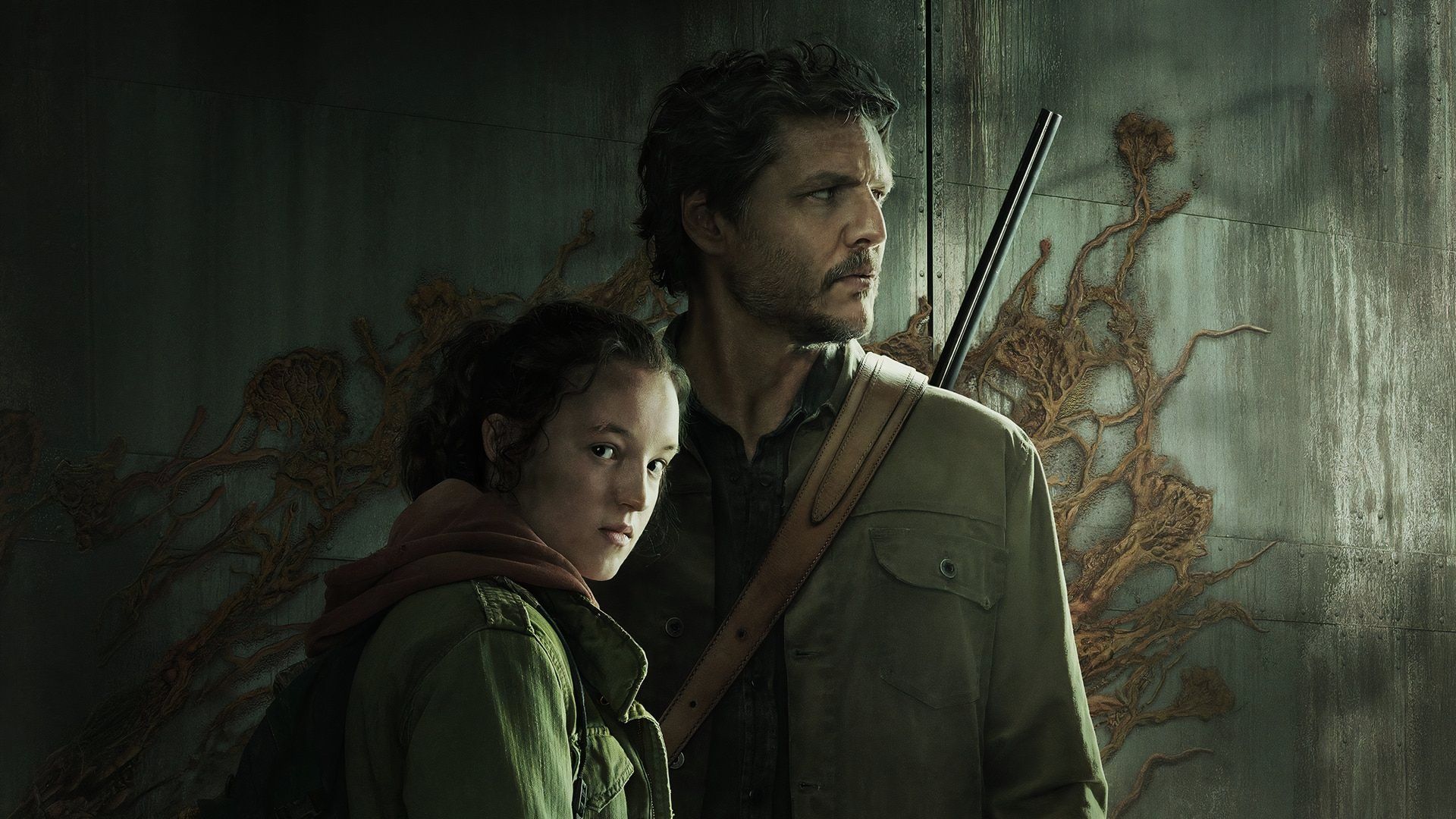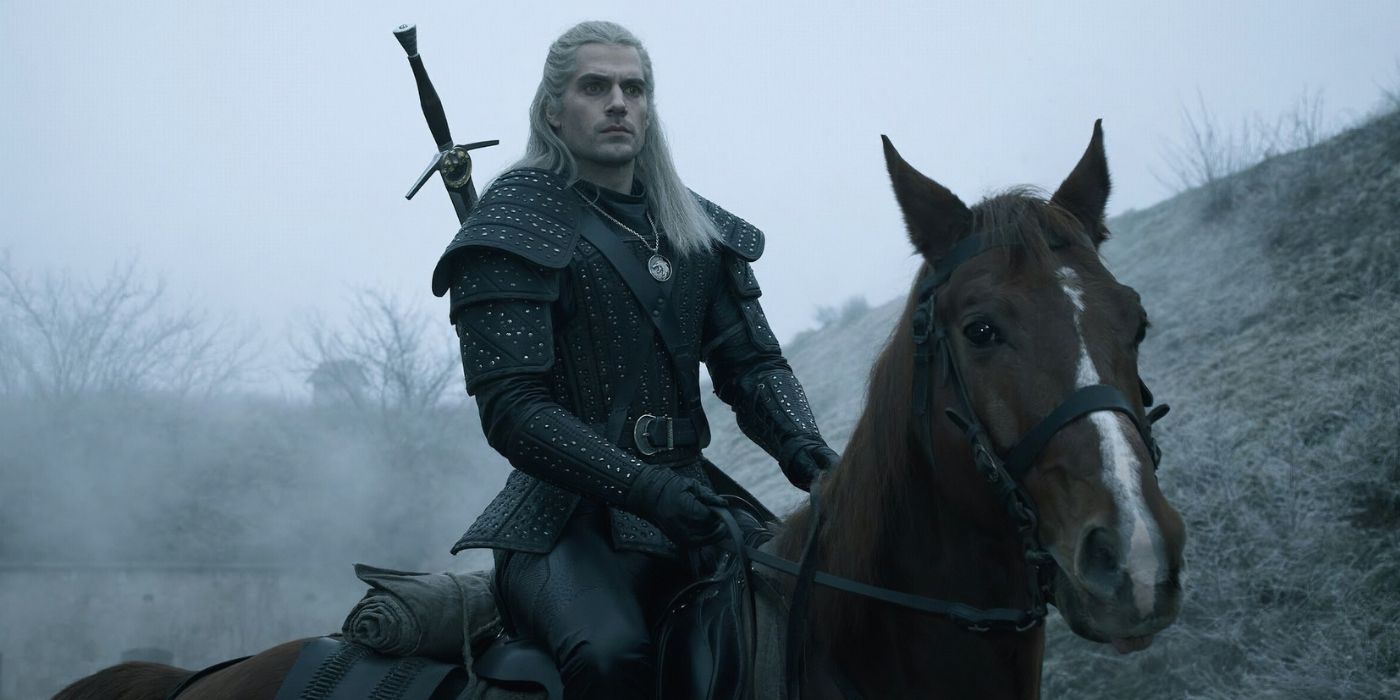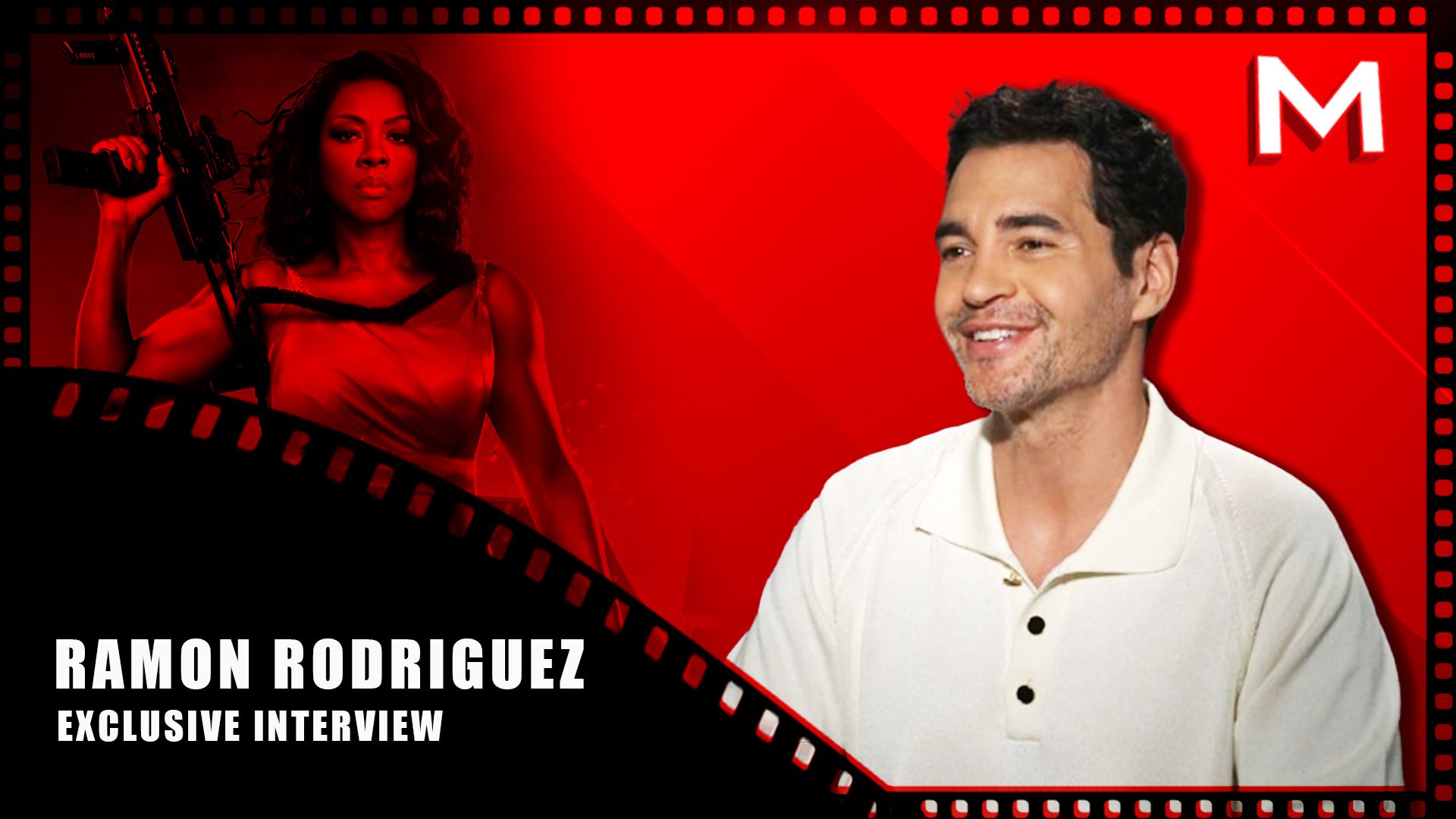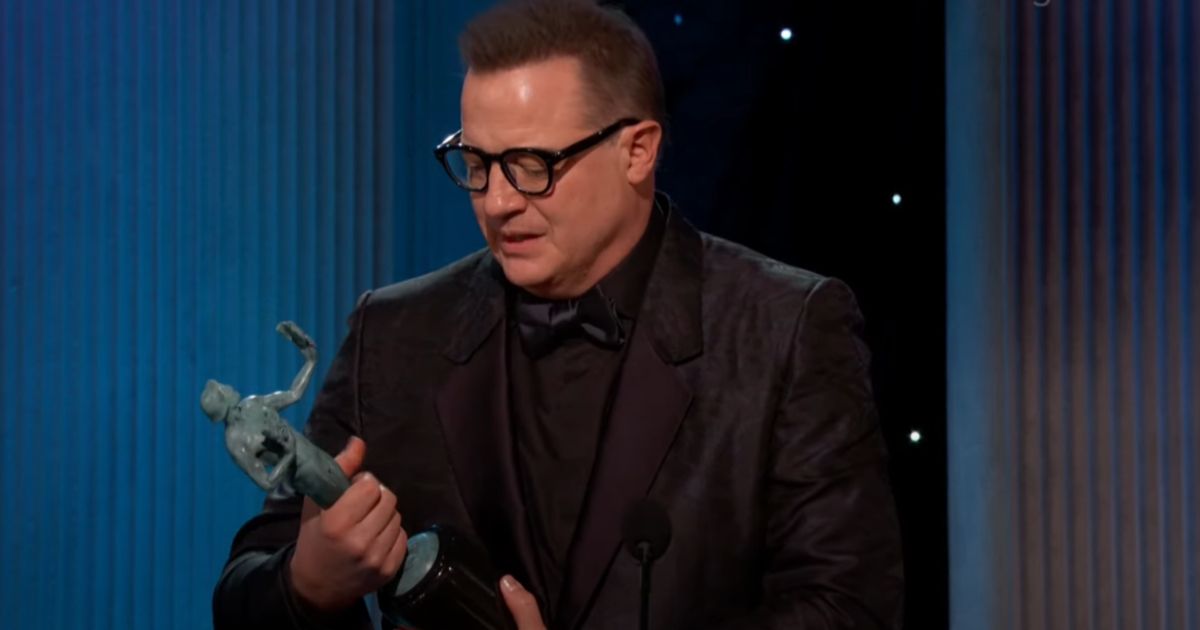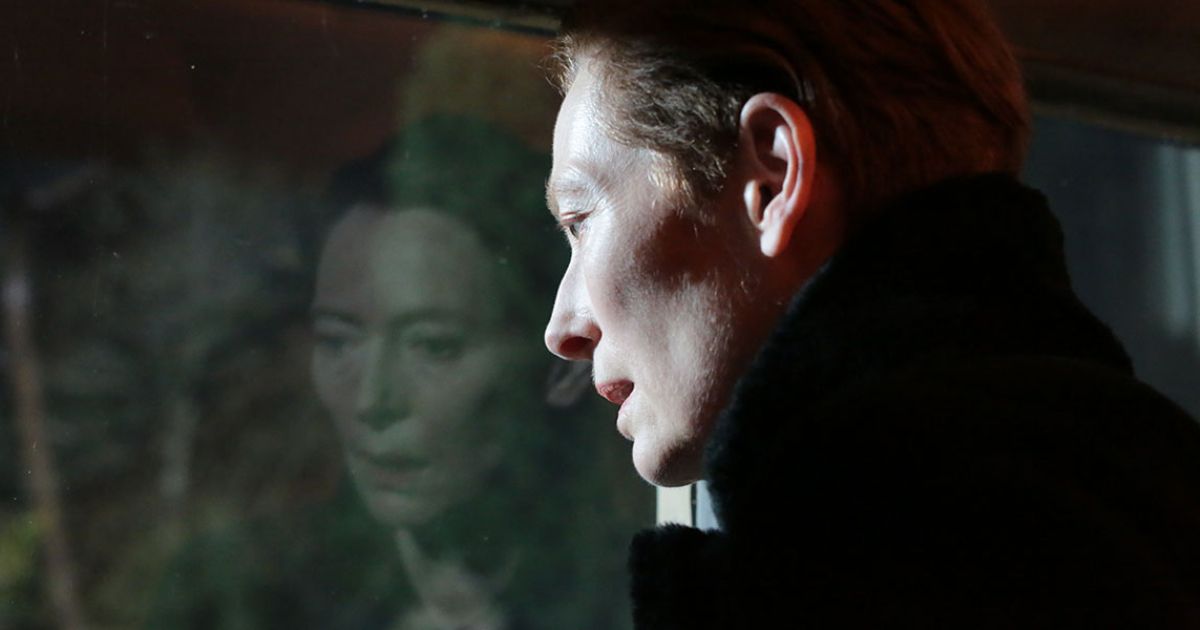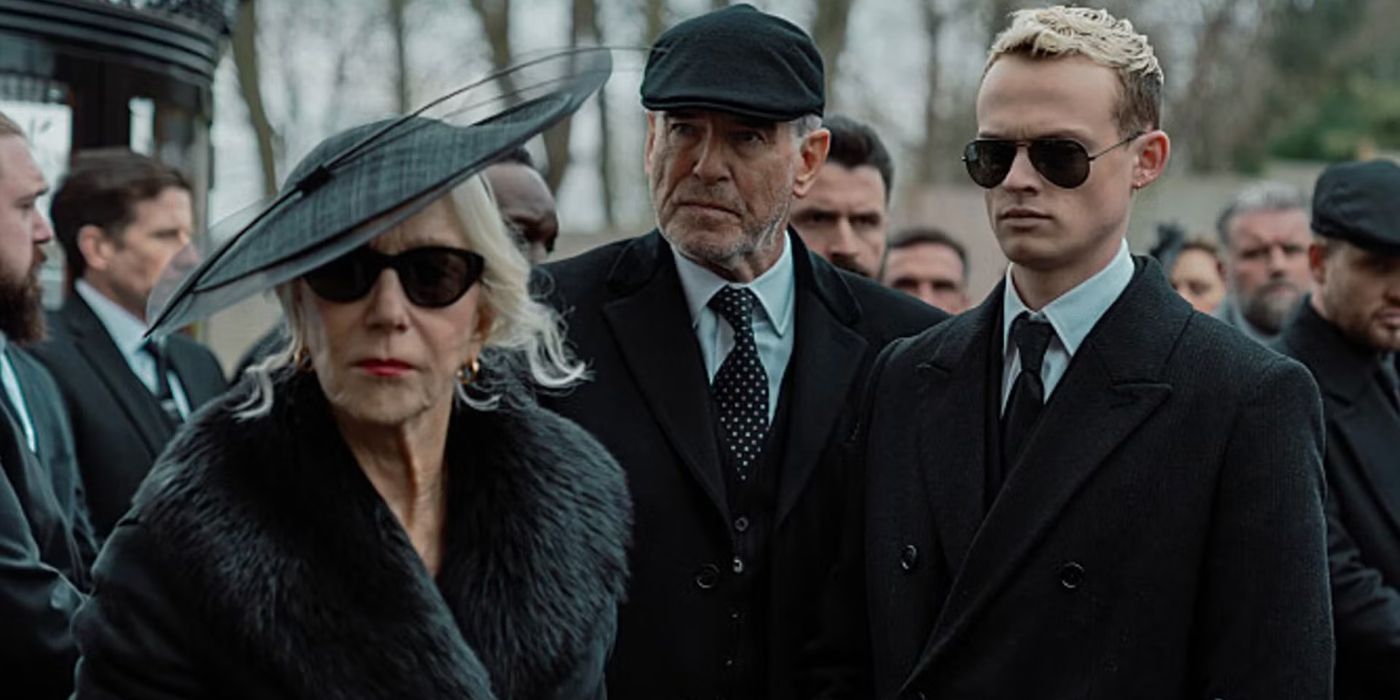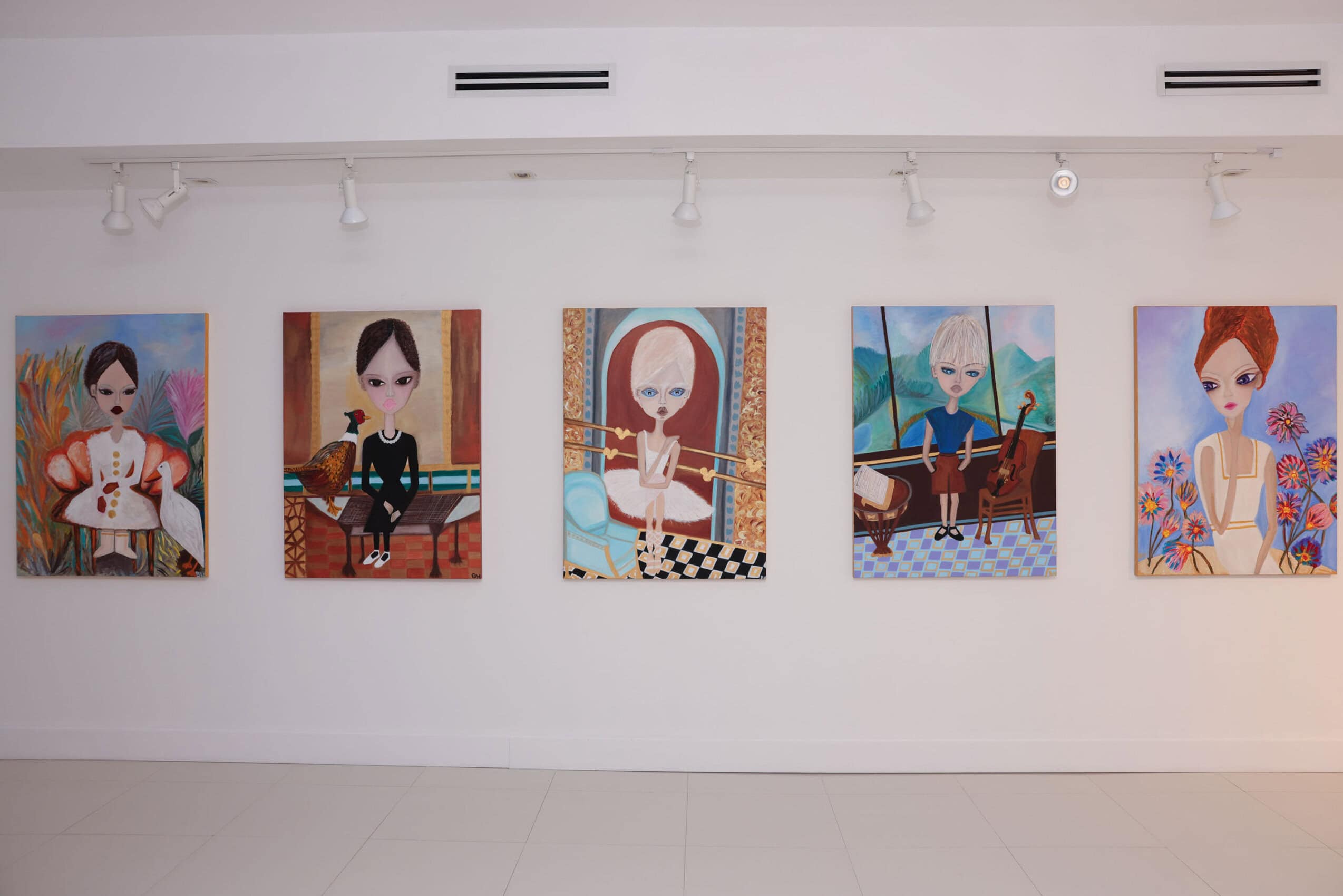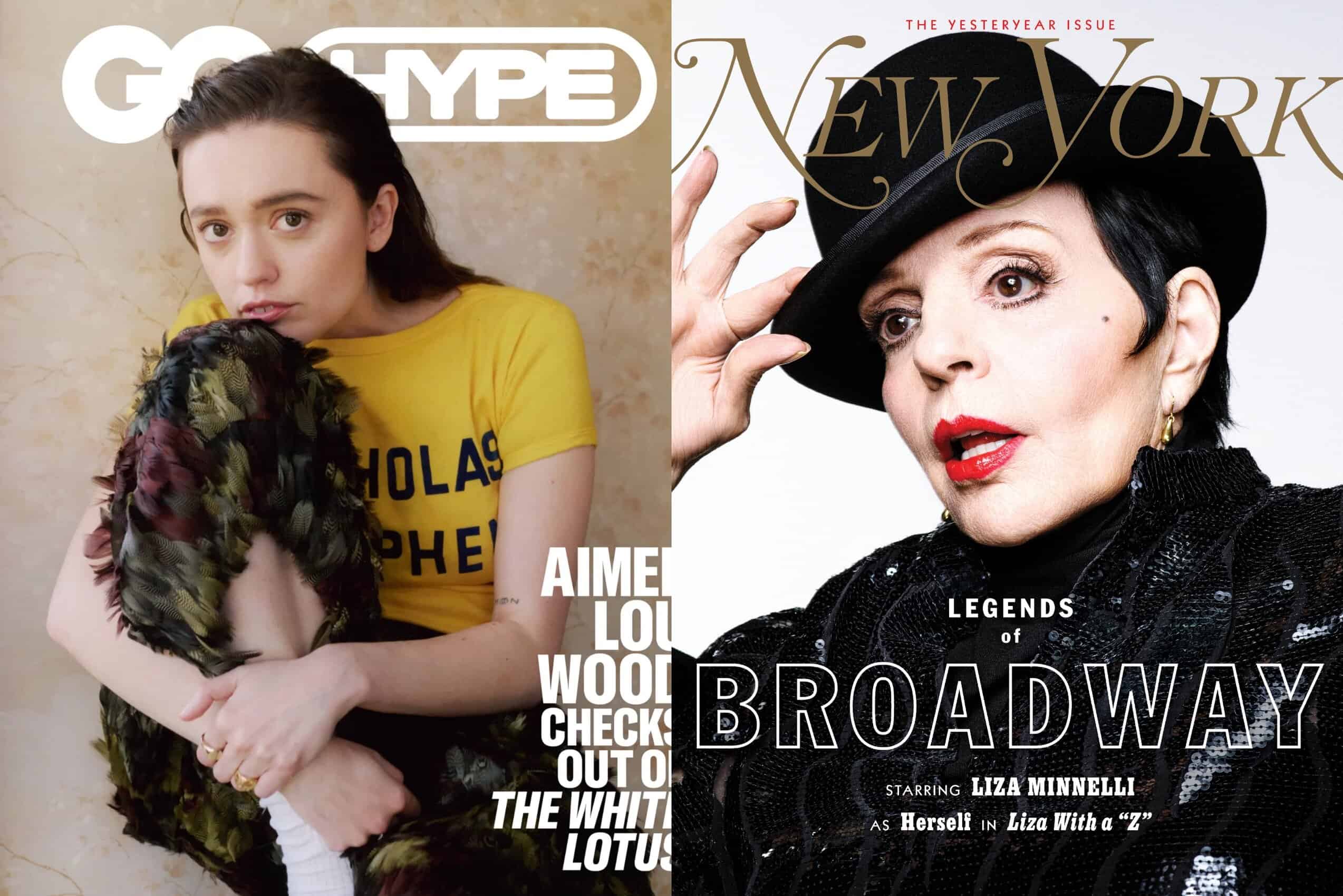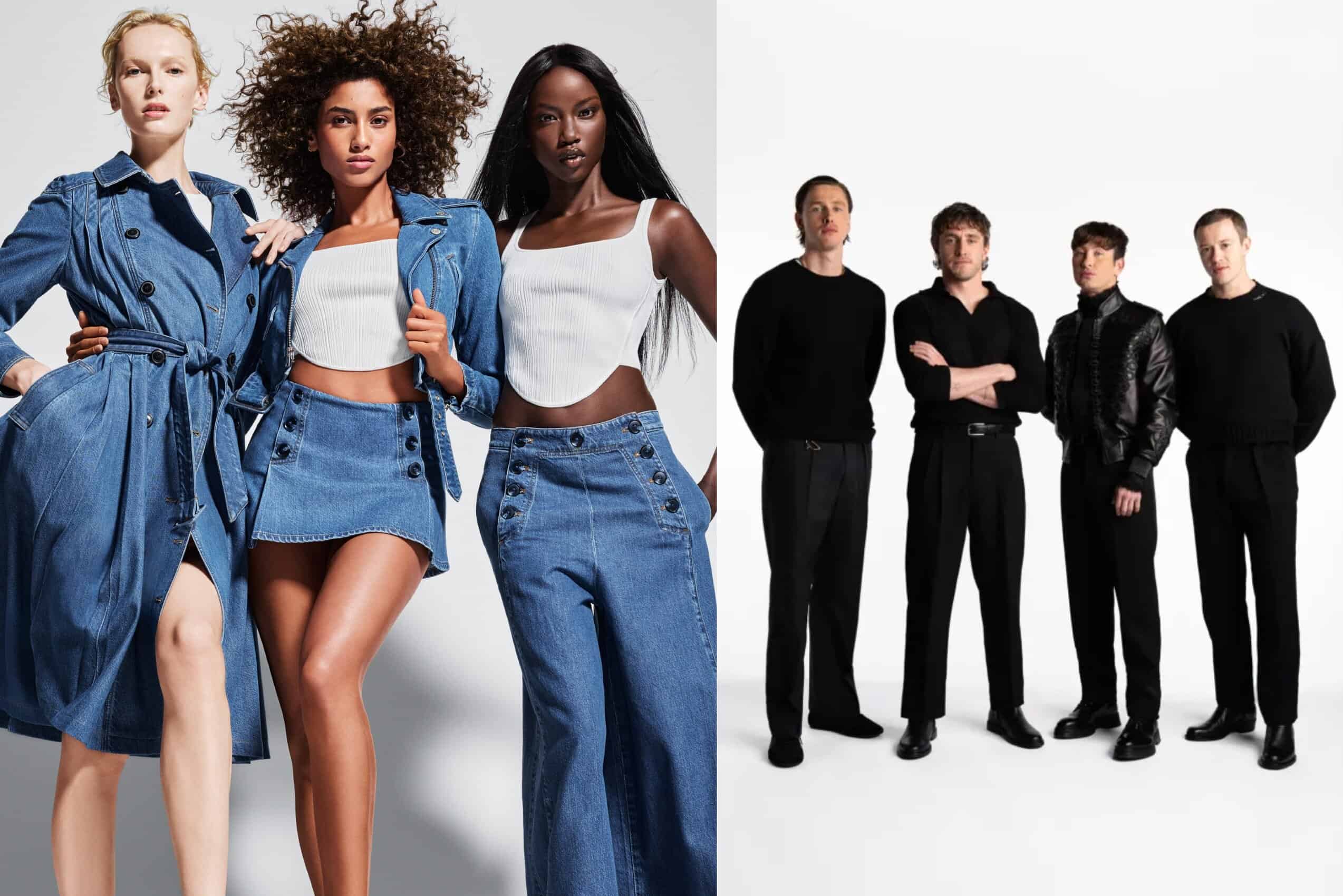Van Peebles was one of those figures in cinematic history who serves as a demarcation: movies were one way before him and totally different after him. He was raw and uncompromising, an icon. Some might describe him as radical, but Van Peebles never saw Blackness or Black art as radical. Liberation, empowerment, and artistic freedom were the deserved ethos of an artist who never wasted a single frame, a single word, or a single second.
Born in 1932 in Chicago, Illinois, Van Peebles initially did not envision himself as a filmmaker. After earning his B.A. in literature—grounding that would later add contours to his authorial career—from Ohio Wesleyan University, he enlisted in the Air Force for three and a half years. Following his time in the service he moved to San Francisco and became a cable car gripman, writing about his job in his first book The Big Heart. Though a passenger recommended he become a filmmaker, Van Peebles explains in the documentary, “How to Eat Your Watermelon in White Company (And Enjoy It),” the director of the cable cars fired him for knowing how to read.
Undaunted, he wrote, directed, and produced his first short film, “Three Pickup Men for Herrick,” following a group of low-income Black men looking for work, in 1957, and “Sunlight,” concerning a Black man who must steal to afford to marry the woman he loves, shortly thereafter. In both brief works, experimental searches to discover his own cinematic language, Van Peebles’ vision moves with the verve of John Cassavetes and Oscar Micheaux, demonstrating, even in this nascent form, an original voice. When Hollywood rejected his films, he moved to France, and shot his third short, the French-language “Cinq cent balles,” about a young Parisian boy who discovers 500 francs in a gutter.
Van Peebles possessed a myriad of talents. But his greatest was the ability to create new doors when others were closed. When he learned that the French government funded the films of French writers, he learned French, became an investigative reporter for Le Nouvel Observateur, wrote four books and an anthology of short stories. He used the subsequent funding to adapt his book La Permission into a feature length directorial debut: “The Story of a Three-Day Pass.”
Watching the film now, it’s astounding the immediate grasp Van Peebles had for visual storytelling. The narrative concerns a recently promoted African-American U.S. Army G.I. (Harry Baird) stationed in France, who while on leave, falls for a white woman (Nicole Berger). In one breathtaking scene, the soldier enters a bar donning sunglasses with a trench coat draped over his shoulder. It’s his conception of what a cool, suave Black man should look like. A double dolly, what would become Spike Lee’s signature shot two decades later, carries the soldier across the room, and you can see the artistic spirit of Lee being born right there on the screen. It’s also a scene that challenges the monolithic image of Blackness. The soldier ultimately fails to pick up a date until he clumsily falls in front of the aforementioned white woman, reverting to his natural awkwardness, he leaves the stereotype for the real.
You can view the original article HERE.
